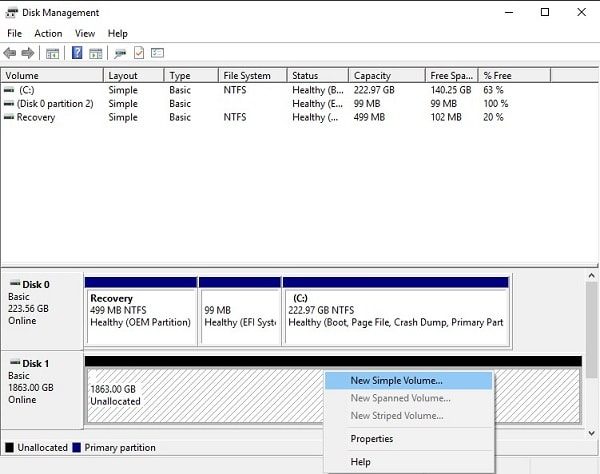

In all cases submissions should address the physics of the phenomena through appropriately advanced theoretical approaches or by experimental investigations.*Category F - Guidance Notes: It is now part of JSV editorial policy not to consider submissions that predict the dynamics of nano-systems based on the continuum theories unless a comparison is included with either molecular simulations or experiments ** Category I - Guidance Notes: It is now part of formalised JSV editorial policy not to publish papers whose original contribution is solely in the mathematical treatment of a system of ODEs of motion, unless the method of solution is demonstrable shown (a) to be novel and superior to existing methods or (b) to be applicable to significant physical problems in such a way that it clearly and unambiguously engenders new insights

Human and biologically-related issues in sound and vibration, including human and human-induced vibrations, effects of sound and vibration on, or caused by, other living organisms*** N.

Signal processing for sound and vibration applications, including source/system identification and active control data reduction and filtering M. Analytical methods and modeling for linear vibration and acoustics benchmark solutions K. Nonlinear aspects of sound and vibration dynamical systems applications perturbation methods nonlinear impact dynamics, damage, fatigue and transient loads** J. High-frequency approximations for wave propagation or multimode system response: Ray methods, SEA, power flow, semiclassical refinements probabilistic descriptions of complex systems I. Acoustics/vibroacoustics (including sound propagation in the atmosphere and ocean, structure-acoustic coupling, flow ducts, and porous materials): Numerical modelling or physical experiments H. Structural vibration/elastic wave propagation (including fluid-loaded structures, piezoelectric materials, and granular media) Numerical modelling or physical experiments dynamics of nano-systems* G. Engineering sources of noise and vibration (including combustion, high-speed flow, aeroacoustic or aeroelastic instabilities, and fluid machinery) F. Inverse problems in acoustics and vibration (linear) techniques for source or system identification statistical methods E. Measurement techniques and hardware transducers with sound/vibration as input or as output D. Passive control of sound and vibration: Damping processes, design optimization, meta-materials, materials for optimum damping C. Active and adaptive control of sound and vibration: Analysis, design, smart structures and materials B. JSV welcomes papers in the following subject areas: A. Papers published in JSV should contain new insights of value to the acoustics and vibration community. JSV was founded and operates on the premise that the subject of sound and vibration requires a journal that publishes papers of a high technical standard across the various subdisciplines, thus facilitating awareness of techniques and discoveries in one area that may be applicable in others. There is an emphasis on fundamental work that has potential for practical application within a wider context than the specific situation reported. Join our growing Twitter presence, shared with the journal Applied Acoustics and join the conversation: Journal of Sound and Vibration (JSV) is an independent journal devoted to the prompt publication of original papers, both theoretical and experimental, that communicates new knowledge or reviews on important aspects of sound or vibration.


 0 kommentar(er)
0 kommentar(er)
